Navratri is a Hindu festival celebrated over nine nights, dedicated to the worship of Goddess Durga and her various forms. Each day of Navratri holds special significance, representing different aspects of the divine feminine energy. The seventh day of Navratri is a time to honor Goddess Kalratri, also known as Kalaratri, the fiercest form of Goddess Durga. This day is filled with rituals, prayers, and festivities that focus on embracing and embodying the strength, power, and protection symbolized by Goddess Kalratri.
Understanding Goddess Kalratri
Goddess Kalratri is depicted with a dark complexion, wild hair, a protruding tongue, and a fierce posture, symbolizing her readiness to destroy evil forces to maintain cosmic order. She is often depicted riding a donkey, carrying a sword and a deadly iron hook (Vajra).
Significance of the Seventh Day of Navratri
The seventh day of Navratri holds immense significance as it signifies the victory of good over evil. It is believed that by worshiping Goddess Kalratri on this day, devotees can overcome fear, ignorance, and all forms of negativity. Her energy helps in removing obstacles and protecting her devotees from harm.
Rituals and Celebrations
-
Meditation and Prayer: Devotees wake up early in the morning, take a bath, and meditate on Goddess Kalratri while chanting mantras.
-
Offerings: Offerings of hibiscus flowers, vermillion, fruits, and sweets are made to the Goddess.
-
Fasting: Many followers observe a day-long fast to seek the blessings of Goddess Kalratri.
-
Night Vigil: The night of the seventh day is spent in prayer and meditation, seeking the divine protection of Goddess Kalratri.
Embracing Divine Feminine Energy
Goddess Kalratri is a symbol of empowerment, fearlessness, and inner strength. Embracing her energy can help individuals overcome challenges, face their fears, and emerge stronger and more resilient. By connecting with the fierce aspect of the divine feminine, one can tap into their own courage and assertiveness.
FAQs About the Seventh Day of Navratri
- What are the other names of Goddess Kalratri?
-
Goddess Kalratri is also known as Kalaratri, Kaalratri, and Maa Kali.
-
How is Goddess Kalratri worshipped on the seventh day of Navratri?
-
Devotees offer prayers, fruits, flowers, and conduct rituals to honor Goddess Kalratri on this day.
-
What is the significance of fasting on the seventh day of Navratri?
-
Fasting is believed to purify the body and mind, and devotees fast to seek the blessings and protection of Goddess Kalratri.
-
How does Goddess Kalratri embody the concept of shakti (divine energy)?
-
Goddess Kalratri represents the raw, primal energy of the universe, which has the power to destroy evil forces and protect her devotees.
-
What can one learn from Goddess Kalratri’s fierce form?
- One can learn to confront their fears, overcome obstacles, and tap into their inner strength and resilience by connecting with Goddess Kalratri.
Conclusion
The seventh day of Navratri is a time to celebrate and honor the fierce form of Goddess Durga, Goddess Kalratri. By meditating, praying, and fasting on this day, devotees seek her blessings for protection, courage, and victory over obstacles. Embracing the divine feminine energy of Goddess Kalratri can empower individuals to face challenges with strength and fearlessness, embodying the essence of shakti within themselves.

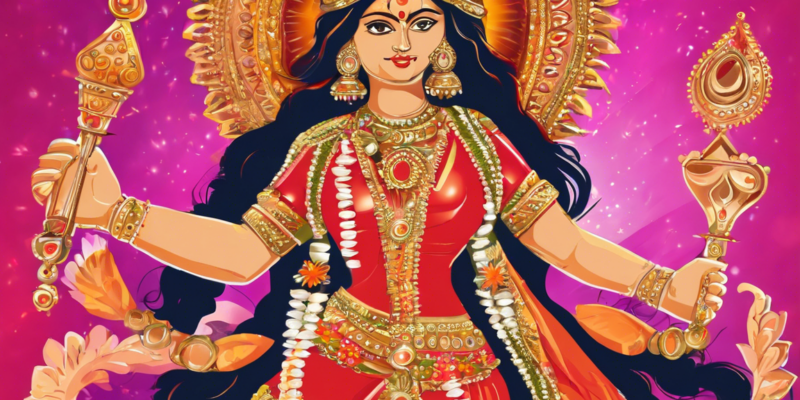







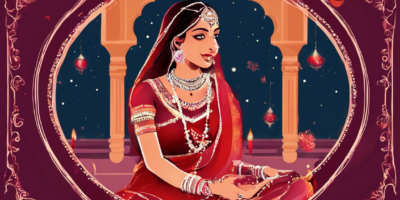
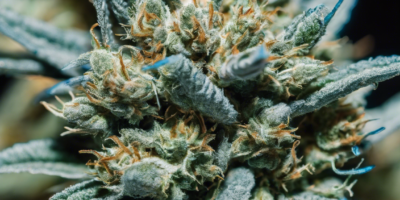
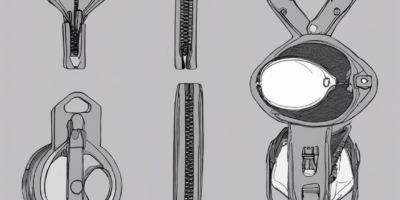
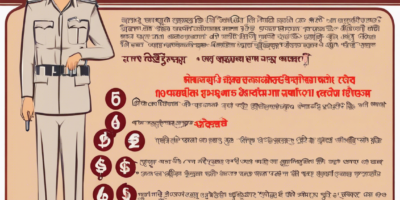
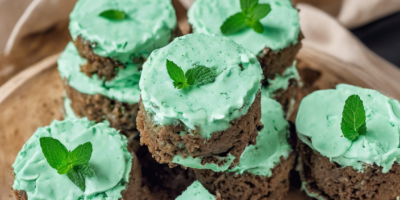
Comments